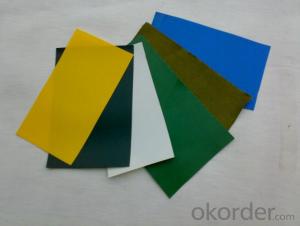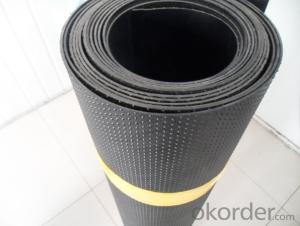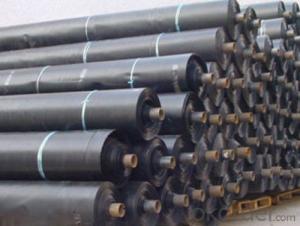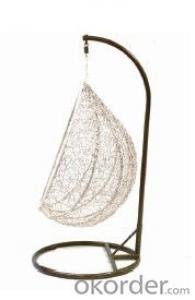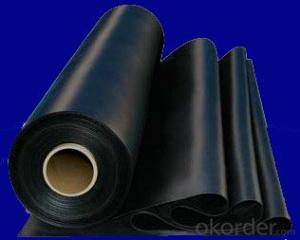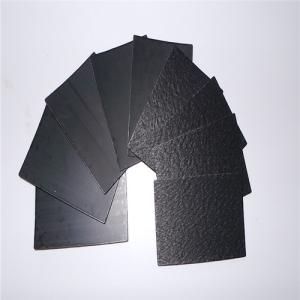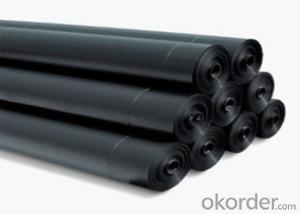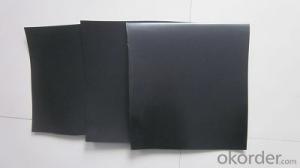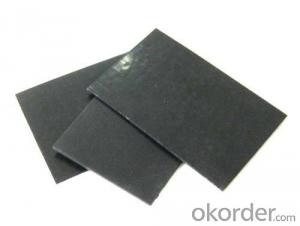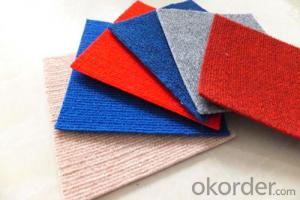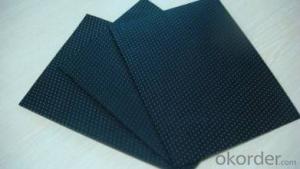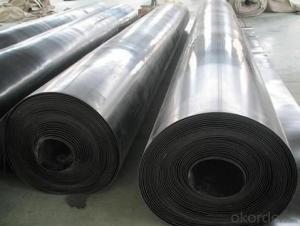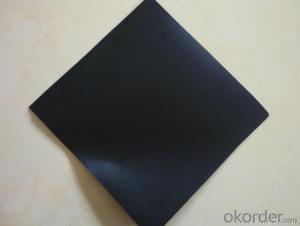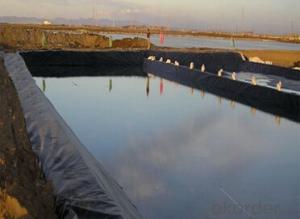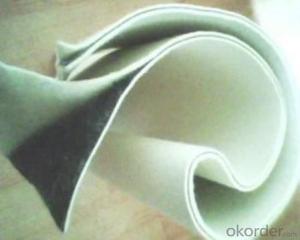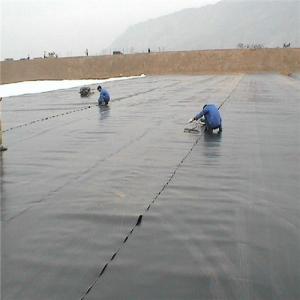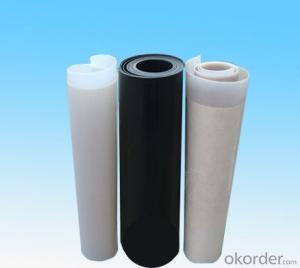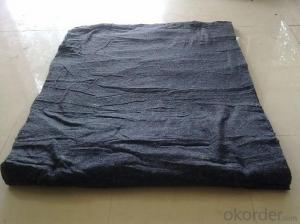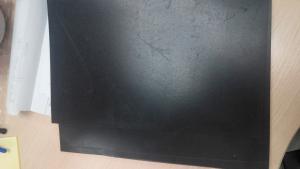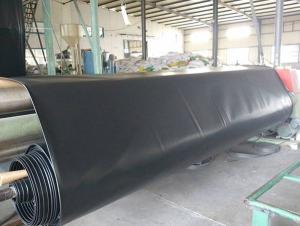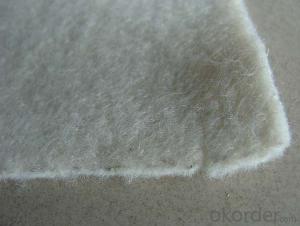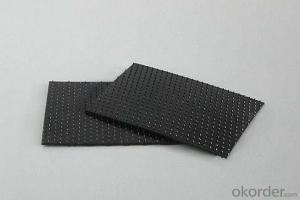Geomembrane Indonesia
Geomembrane Indonesia Related Searches
Blu Ray Player With Internet Geomembrane In Pakistan 30 Mil Pvc Geomembrane Pvc Geomembrane Specifications Pvc Geomembrane Geomembrane Machine Plastic Geomembrane Nonwoven Wallpaper Geomembrane Material Geomembrane FabricHot Searches
Geomembrane For Sale China Pvc Geomembrane China Geomembrane Roll Sheet Hdpe Geomembrane Sheet Price Hdpe Geomembrane China China Geomembrane Geomembrane China Hdpe Geomembrane Price Geomembrane Price Wholesale Hdpe Geomembrane Roll Geomembrane Factory Wholesale Liner Hdpe Geomembrane Wholesale Geomembrane Hdpe Wholesale Hdpe Geomembrane Geomembrane Market Size Wholesale Hdpe Geomembrana Wholesale Liner Geomembrane Geomembrane Liner Supplier Wholesale Geomembrane China Pvc GeomembraneGeomembrane Indonesia Supplier & Manufacturer from China
Okorder.com is a professional Geomembrane Indonesia supplier & manufacturer, offers integrated one-stop services including real-time quoting and online cargo tracking. We are funded by CNBM Group, a Fortune 500 enterprise and the largest Geomembrane Indonesia firm in China.Hot Products
FAQ
- Yes, geomembranes can be recycled. They are typically made from materials such as high-density polyethylene (HDPE) or polyvinyl chloride (PVC) which can be recycled and reprocessed into new geomembranes or other plastic products. Recycling geomembranes helps reduce waste and promotes sustainability in various industries such as construction, agriculture, and waste management.
- nan
- The construction method: To lay it in the range of measurement. To lay the composite geotechnical membrane before the first required to lay a good sand cushion on the roadbed, laying the width of the design requirements set. When laying, do not allow the laying of folds, as far as possible to tighten. After the pavement, the U type nails or bamboo nails is used to fix. When laying composite geotechnical membrane, the surface of the sand layer is smooth, no hard protrusion, and timely fill sand cover, avoid direct exposure to the sun for a long time. When the composite earthwork film is laid, the length of the transverse lap and the longitudinal lap can meet the design requirements. After the composite geotechnical membrane is rolled out, the filling material is filled up in time, and after the soil is covered with light compaction mechanical compaction, only when the thickness of the overburden layer is larger than 0.6m, the soil can be compacted by heavy compaction machine. Composite geotechnical membrane according to the design requirements can be divided into two types of longitudinal force and lateral force, the laying of composite soil before the film to understand the design intent, strictly according to the design requirements of the laying.
- Yes, geomembranes are generally resistant to algae growth. They are designed to be impermeable and provide a barrier against water and other substances, which prevents the growth of algae. Additionally, geomembranes are often made from materials that are not conducive to algae growth, such as high-density polyethylene (HDPE) or polyvinyl chloride (PVC). However, it is important to note that proper installation and maintenance of geomembranes are essential to ensure their effectiveness in preventing algae growth.
- nan
- No. Geomembranes are completely waterproof. Geotextiles are always wet.
- Yes, geomembranes can be used in aquaculture facilities. Geomembranes are impermeable liners that can be used to prevent seepage of water or chemicals in aquaculture ponds or tanks. They provide a barrier to protect the surrounding environment and control the water quality within the facility.
- nan
- 1 You can use the oil film processor, putting the oil film into the filter, absorbing it b using the filter cotton in the filter and decomposing the oil by nitrobacterium. 2 You can collect the oil film into the cup and pour it away. 3 You can remove it with a oil-absorbing sheet which can be put at the diagonal part of the water outlet (oil-film aggregated area) to absorb the oil. 4 You can install the trumpet funnel commingler which can absorb the oil film into it, mix the oil with the water and absorb and decompose it by the filter cotton in the filter. 5 You can clean the dirt in the filter.
- Thickness 1.5mmHDPE geomembrane density how much the price
- Density 95%, 15 yuan to 18 yuan range, I professional production
- Geomembranes prevent water seepage in fishponds by acting as a barrier between the water in the pond and the surrounding soil. These impermeable membranes effectively prevent the movement of water through the pond floor or sides, ensuring that the water remains within the pond and minimizing the risk of contamination or loss.










